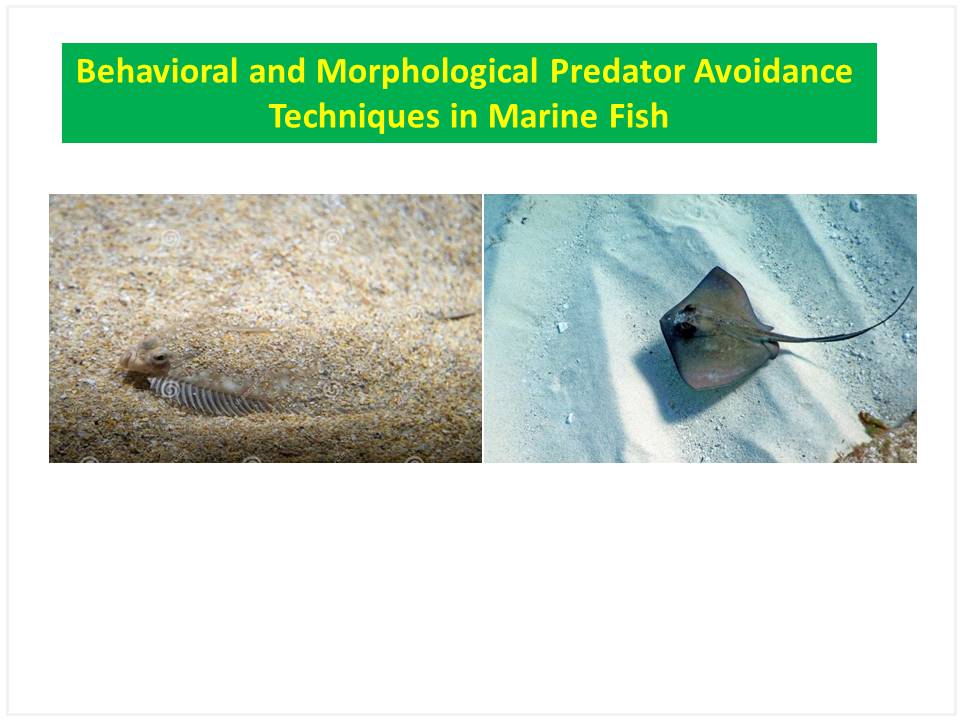Title
Behavioral and Morphological Predator Avoidance Techniques in Marine Fish
Authors
Wesonga Samwel Othieno
School of Natural Resource Department of Fish and Aquatic Science, University of Eldoret, Eldama Ravine, Kenya.
*Corresponding author E-mail address: samwelwesonga42@gmail.com
Article History
Publication details: Received: 10th December 2021; Revised: 09th February 2022; Accepted: 09th February 2022; Published: 09th March 2022
Cite this article
Wesonga S. O. Behavioral and Morphological Predator Avoidance Techniques in Marine Fish. Green Rep., 2022, 3(7), 1-6.

Abstract
Predation as a factor offers the rare opportunity to various ecosystems to govern patterns in natural systems and provide prey behavior modification in response to a predator stimulus. It is imperative to understand the dynamics of predation in marine ecosystems because they have important ecological implications for marine fish. Fishes employ a variety of techniques and strategies to defend themselves. Learning about the ways fishes protect themselves provides valuable insight into the inner workings of the world’s oceans. The antipredator behavior of different marine fish differ in terms of predator related factors like the size, habitat use, density, diel activity and hunting strategies if the predators.. This contribution reviews the morphological and behavioral adaptions of marine fishes that enable their survival. Antipredator strategies from a behavioral perspective of the marine fish include but not limited to schooling/shoaling, parental care, staying at ‘home’ and migration. On the other hand, the most common prey defense strategies associated to the morphological adaptations are body shape and size; strong fins, spines and armored scales; camouflage; use of senses; warning signal; venom; flying and use of electric shocks.
Keywords
Adaptation; Camouflage; Carnivore; Defense; Ecosystem; Food chain; Predator; Prey; Scavenger; Stalk; Trophic level